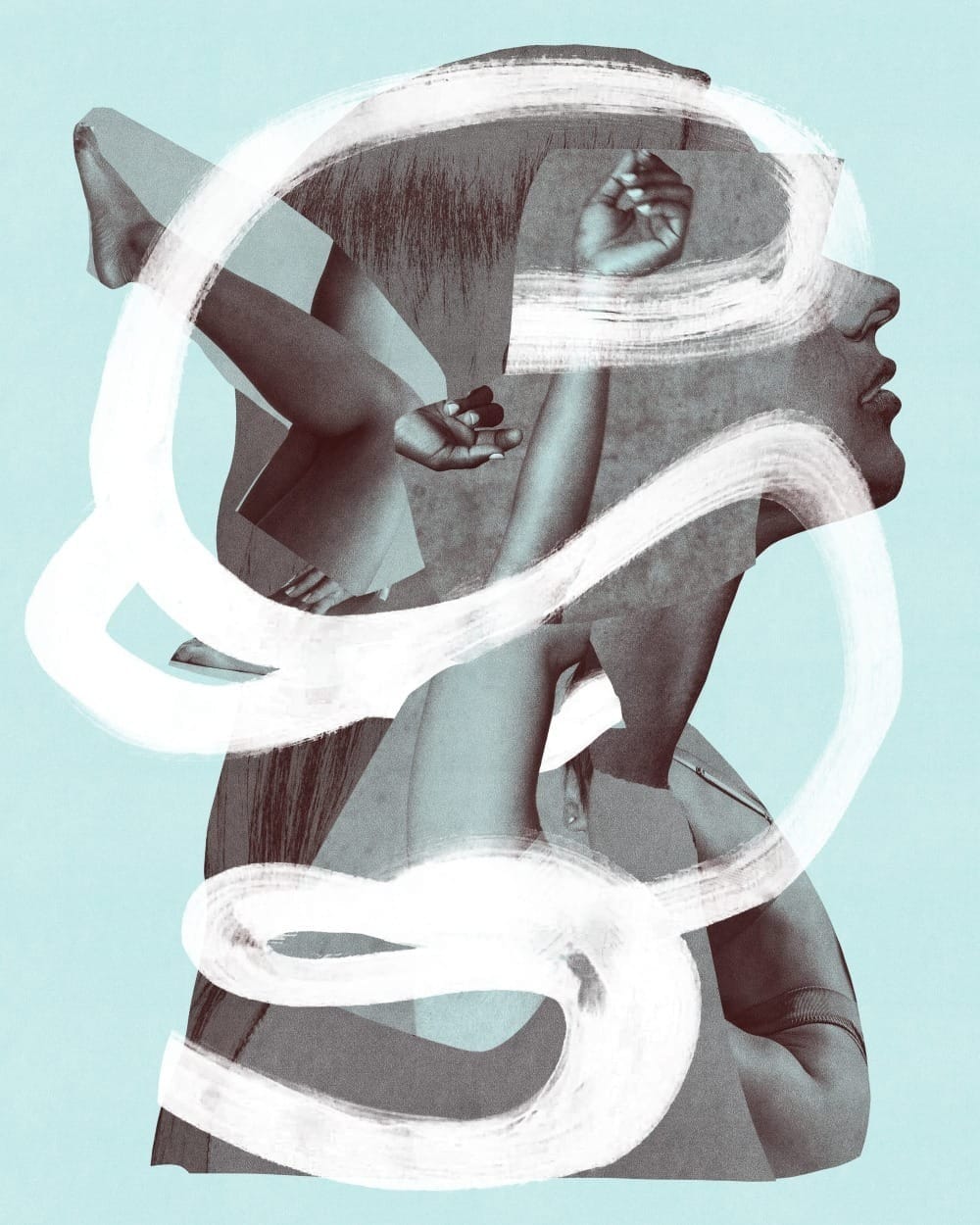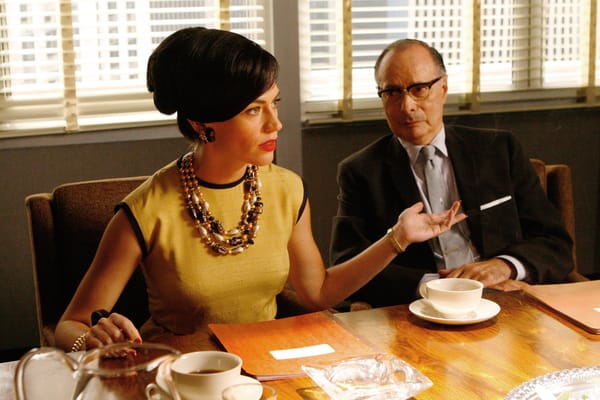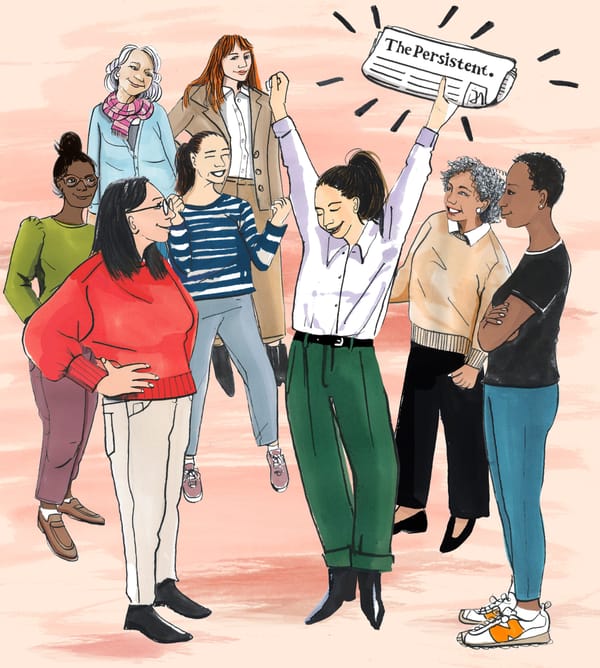The Punk Side of Disability Culture You’ll Never See
What does the phrase “disability culture” make you think of?
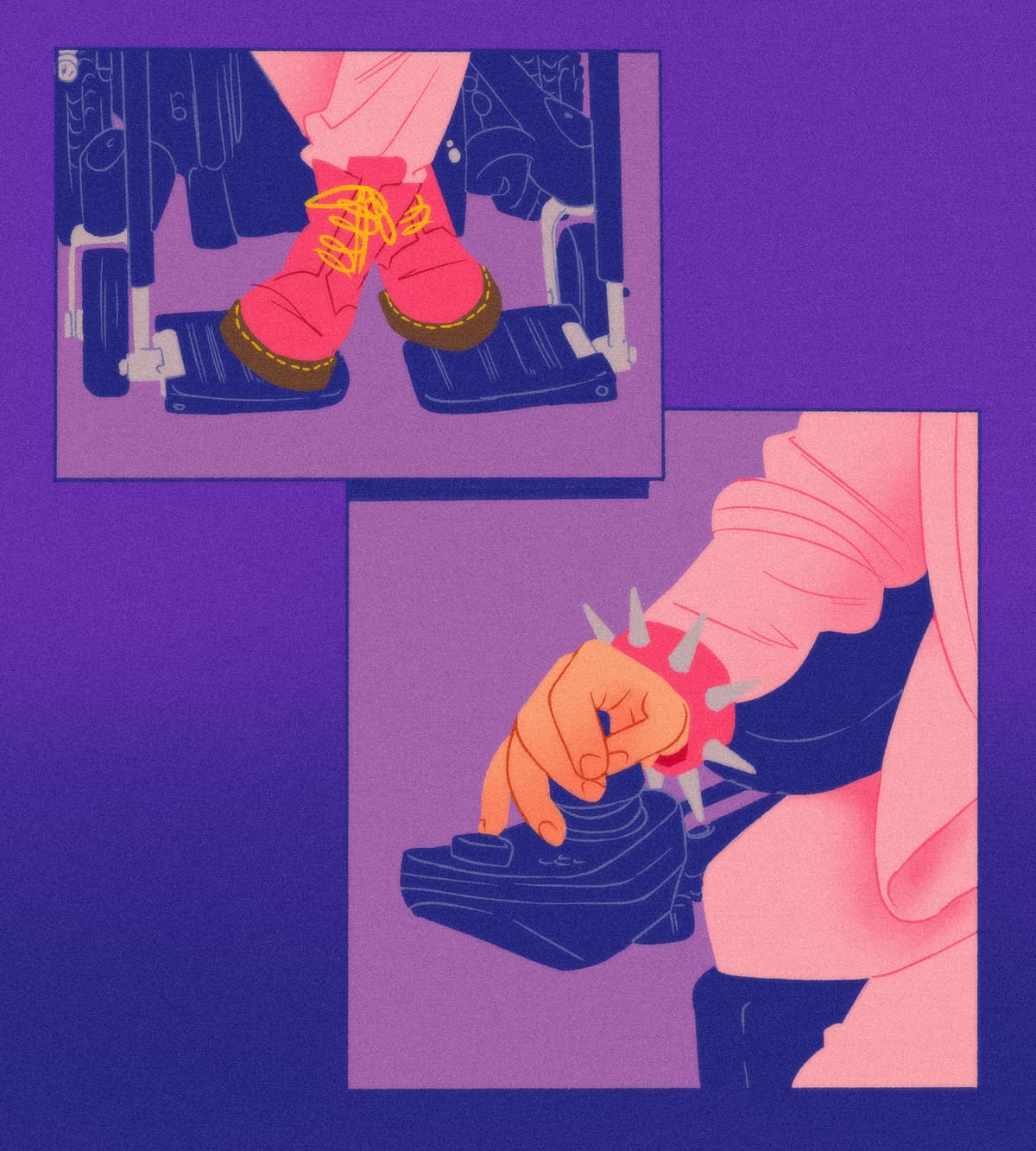
What does the phrase “disability culture” make you think of? Maybe it’s the Paralympics—that brief stretch every four years when disabled people are suddenly visible to the world. Or maybe the phrase conjures up images of care homes. Or perhaps it strikes you as oxymoronic. Disability is a medical problem, right? How could there be any culture attached to it?
But here’s what I think of when I think of disability culture: spiky, dyed hair; leather jackets and attitude. In other words, punk. In the U.K., where I live, the disability rights movement bubbled up in the ’80s from the punk arts scene. Many of its original leading lights were artists, musicians and performers, like Barbara Lisicki—a cabaret comedian with a wry smile and a dark sense of humor. The slogan she and those early activists used was “Piss on pity!” I think about how that set the tone, really, for everything that came next.
Here’s what I think of when I think of disability culture: spiky, dyed hair, leather jackets; and attitude.
Here’s what else I think about with regards to disability culture: The books we write, the TV we make, the history we’re proud to share. If I were writing the syllabus for a class on the topic, I’d start with my friend Rebekah Taussig’s beautiful, searing memoir “Sitting Pretty,” which, through the simplest of anecdotes, manages to convey the visceral experience of being a disabled person in an ableist world. Then I’d watch the BBC’s slap-you-in-the-face comedy, “We Might Regret This,” and from there I’d immerse myself in the meticulous journalism of Frances Ryan (another friend), who fearlessly chronicles how ableism affects disabled people’s access to care, education and basic subsistence. Then, back in time we’d go to the self portraits of Frida Kahlo, which she made while unable to get out of bed. And I’d throw in some lessons on the life of Judy Heumann, the matriarch of the disability rights movement who died in 2023. By then, we would be primed to watch “Crip Camp” on Netflix, a documentary that perfectly captures not just the history of disability activism but the raw emotions present when a group of disabled people band together to change the damn world.
Hiding in plain sight
This list is proof that disability culture is all around us, if you know where to look. Except most people don’t. The legacy of past disabled creatives and the ongoing cultural conversation in the community are so integral to my life as a writer and activist that I sometimes forget this culture is not the background to everyone else’s life.
While I may not have fluorescent hair (yet), this culture informs my politics and identity. I am constantly endeavoring to be at least a little bit punkier: to reject tired, outdated narratives and take up space, all while having quite a lot of fun. My hunch is that non-disabled people would also benefit from what disability culture has to offer.
I think of all of the above—what I term “formal” disability culture: art and music and history and writing and performance and so much more besides—as vital for disabled people, many of whom experience isolation, exclusion and discrimination. This formal culture allows us to contextualize our experiences and feel less alone. Knowing that you are not the only person to face an issue can help you stop blaming yourself for struggling and instead demand better treatment from society. And, of course, the brilliant creative work of other disabled people creates a vital sense of pride. Disabled people deserve to see themselves in more than one TV show every few years.
Good storytelling can help show disabled people—and all minorities—as the complex and fully rounded people they are, a crucial counterweight in a society that often reduces us to flat stereotypes. And research confirms that positive representation can chip away at entrenched negative biases. Still, while cultural institutions have become more aware of their duty to better represent minority groups, disabled stories are still rare. We need more of them to be told.
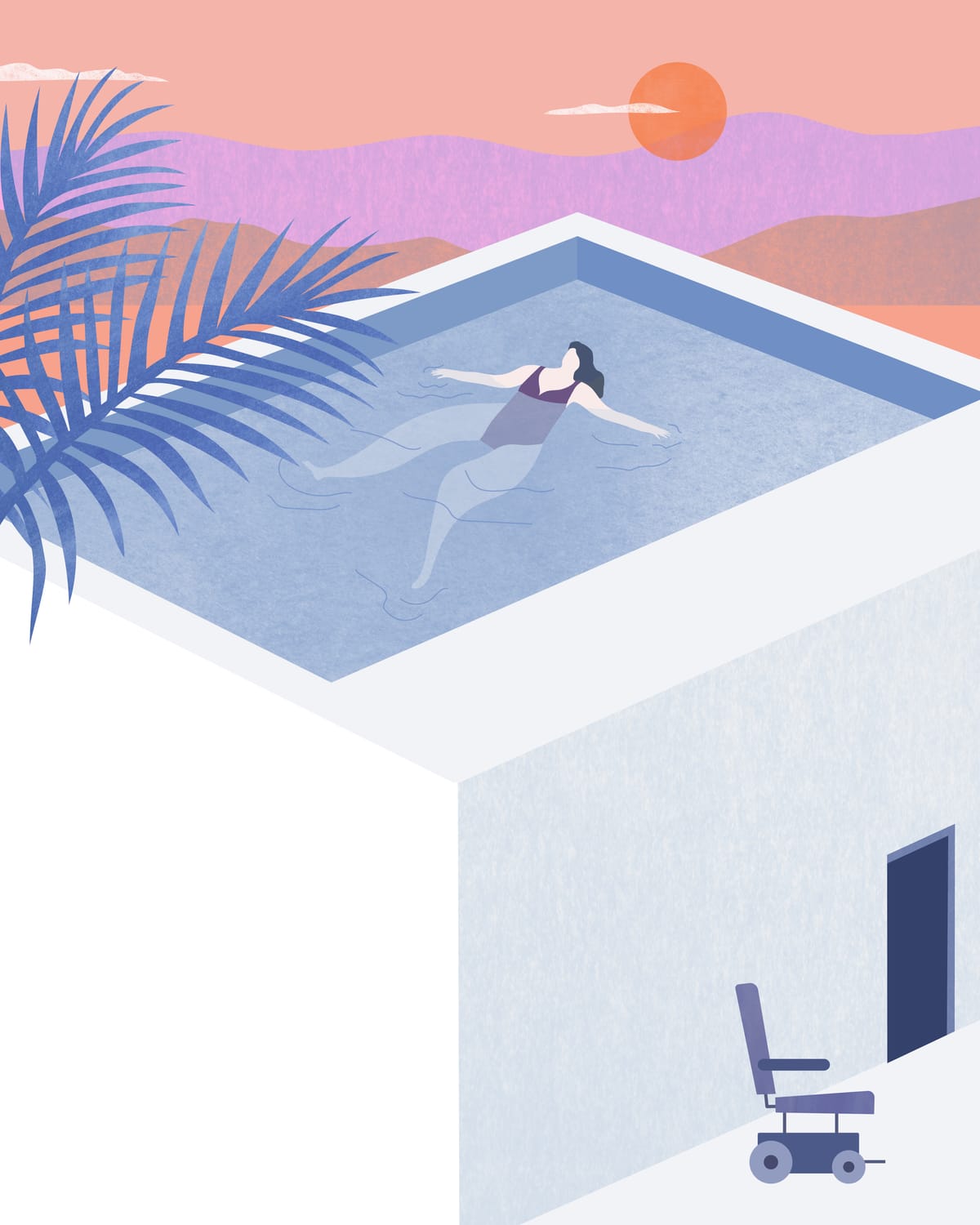
An insider’s view revealed
But behind the "formal" culture, there’s an “informal” disability culture. It’s rooted in how we relate to each other rather than the wider world.
Punk is a rejection of the status quo, and all of the ways we are expected to act. And that is why the punk attitude prevails here, too. (You have not experienced dark humor until you have had a few pints with a group of disabled people who know each other well.)
Punk is a rejection of the status quo, and all of the ways we are expected to act. And that is why the punk attitude prevails here, too.
What does it look like? Radical openness and real, tangible mutual care, for starters. It could be lending a piece of mobility equipment or sending a food delivery or proofreading a discrimination complaint. Or asking, over and over again, “What do you need to make this event or party or protest or random Tuesday hang out work for you?” and then remembering those needs the next time. It means nodding in furious understanding while not trying to fix anything. Or keeping a list of extremely detailed access information when friends ask for restaurant suggestions. It can also mean cancelling plans on a high-pain day without fearing judgement, or simply understanding that sometimes, for some of us, showering can feel like climbing a mountain. It could mean sharing a passionate hatred of public transport systems (this one is important).
Too often, it means locking eyes with a friend (or raising an eyebrow) when someone says something deeply offensive as innocuously as if they were asking your name, then discusses, over a drink, how said offensive person couldn’t even look you in the eye.
This might just sound like close friendship, but it’s not. It goes beyond friendship and into culture because it is so broad, and because these norms and expectations exist between disabled people whether you have just met someone or have known them for a decade. I have done all of these things with people I barely know, safe in the knowledge that we belong to an alternate culture where this is simply part of what we do; where we help because we can; where the kindest thing you can say is not “It’ll be OK” but “I understand why it’s not.”
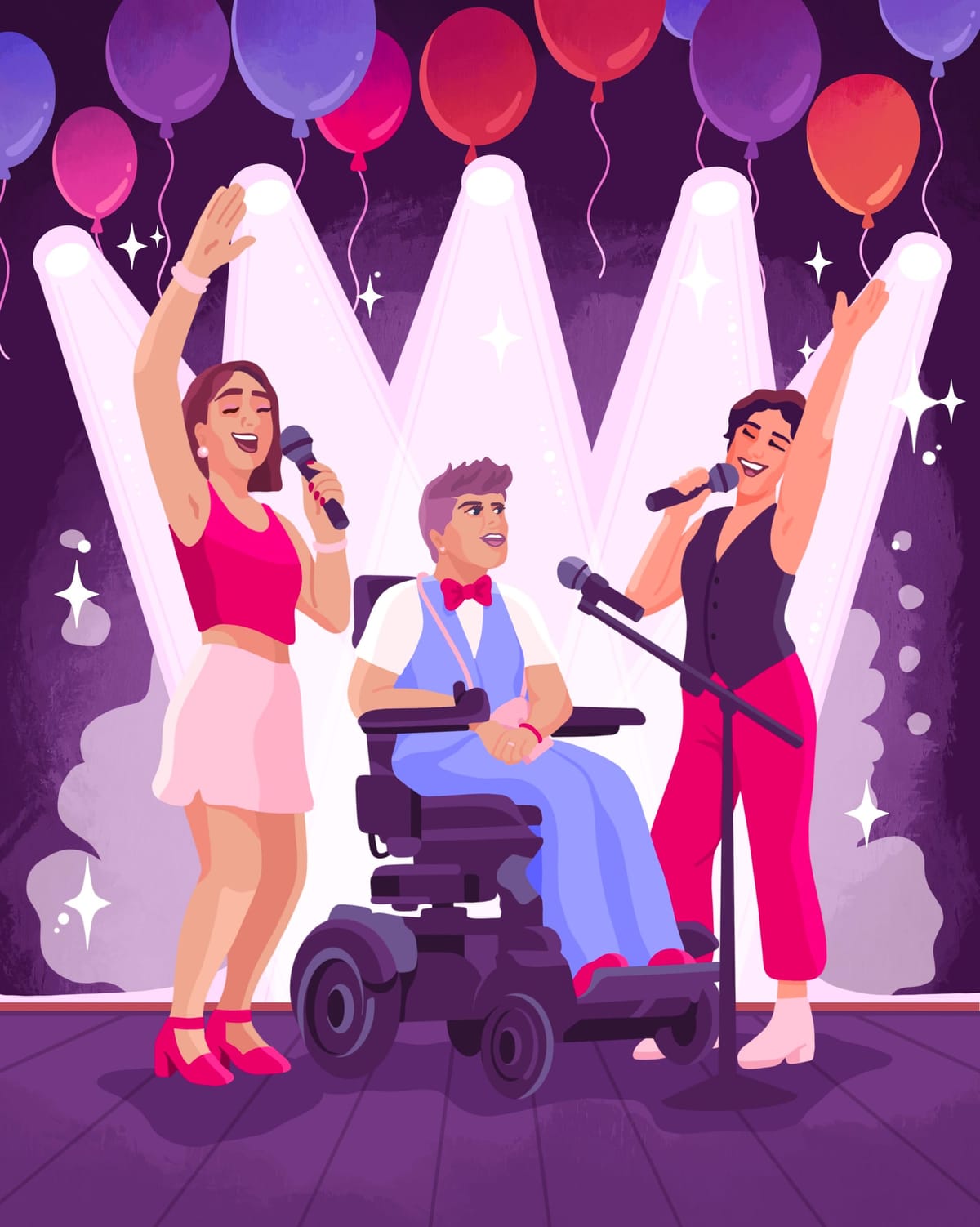
For a long time, I thought this “informal,” inward-facing disability culture was reserved solely for us disabled people. But my feelings have shifted, and I now wonder if non-disabled people could be encouraged to engage with this side of disability culture (without taking over, of course). I suspect that non-disabled people could benefit from a little slowing down, a little helping hand, a little community-mindedness. In other words, a little disability culture.
So consider this an invitation to engage with disability beyond a TV show, museum exhibition or history book. Consider asking your disabled friends (unintrusive and definitely not medical) questions about a part of their life you may not see. Allow yourself to think more expansively about how we relate to each other. Because it’s time that disability culture—formal or otherwise—is given the platform it deserves. I have a feeling non-disabled people might appreciate it, too.
